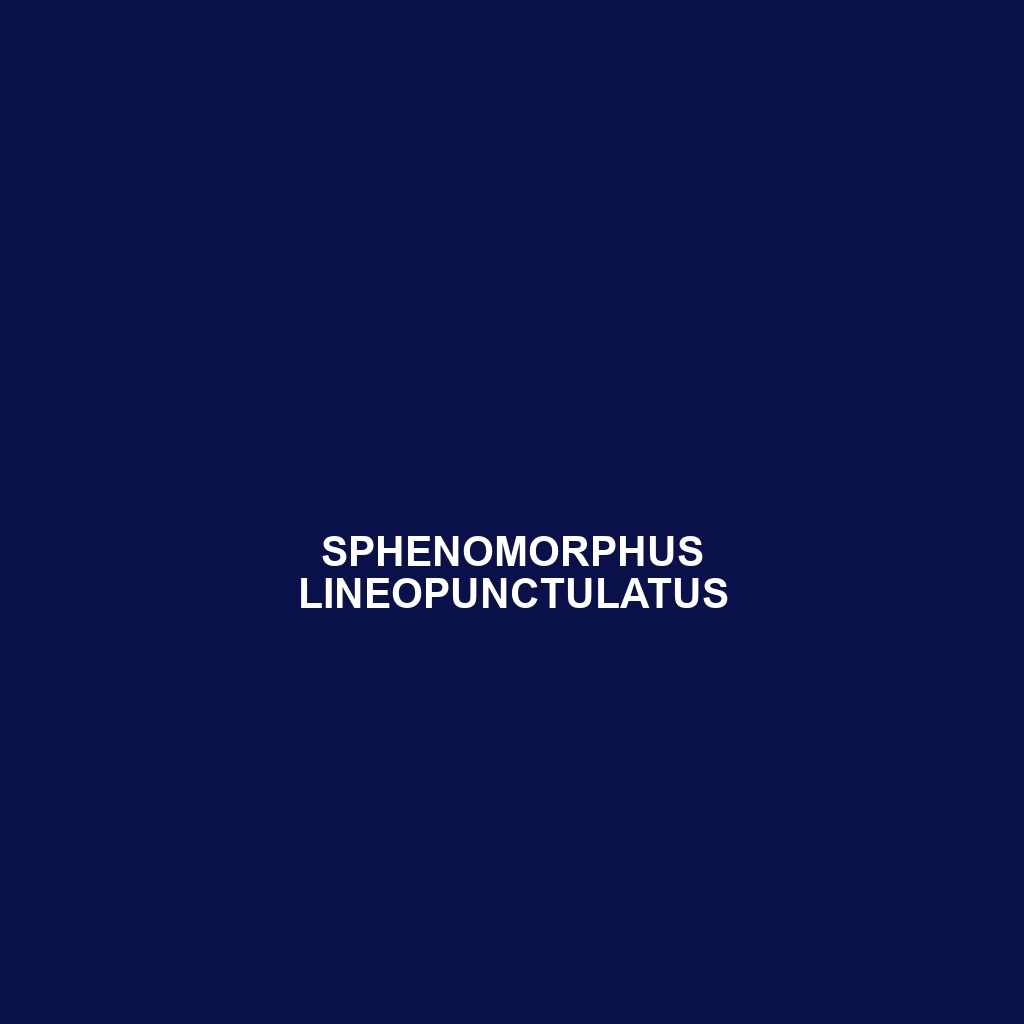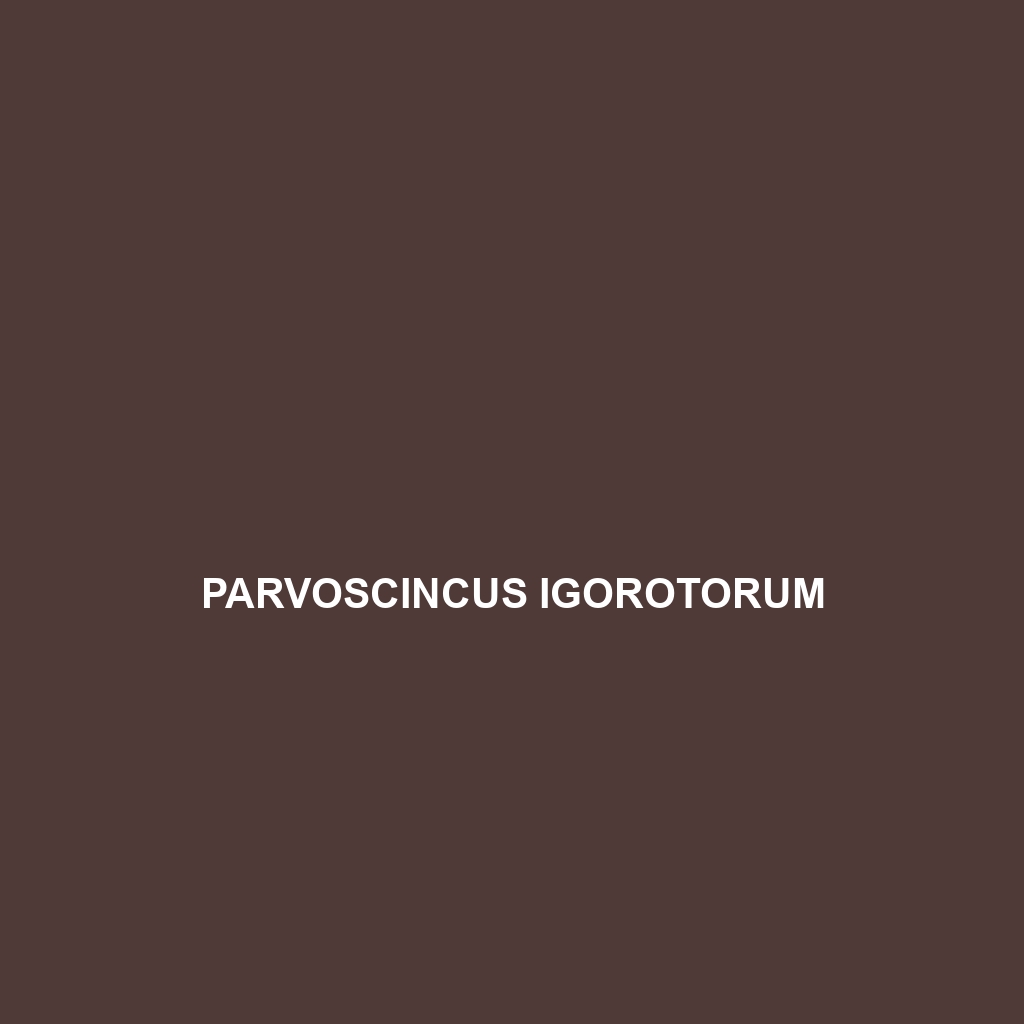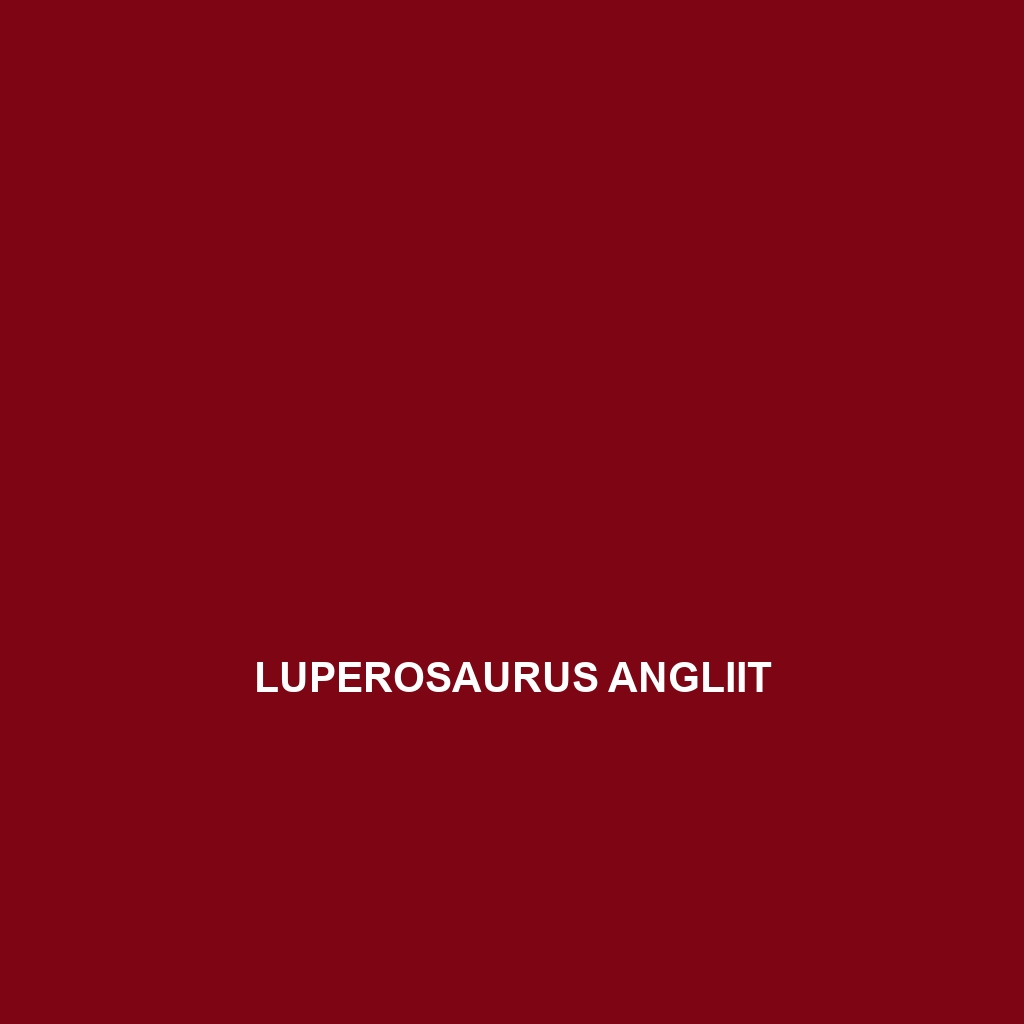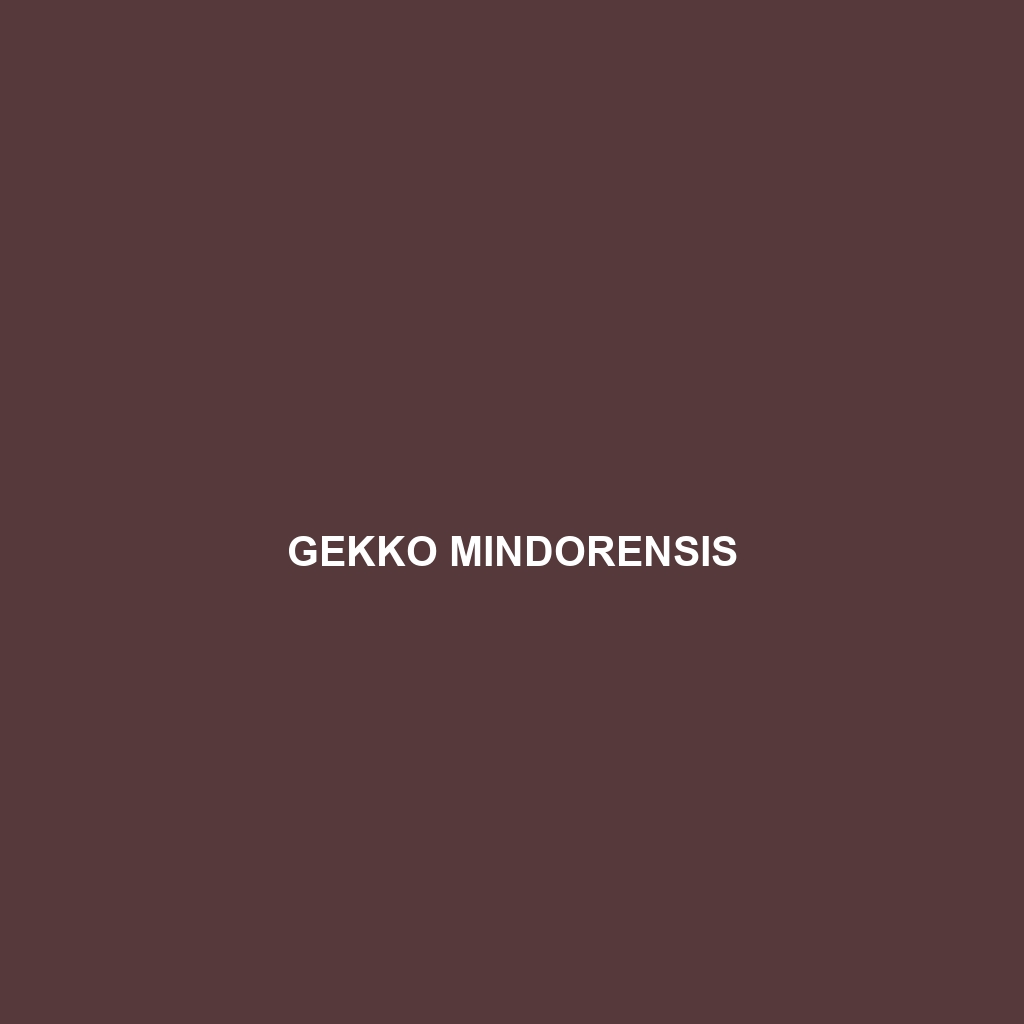Discover the striking Sphenomorphus lineopunctulatus, or striped skink, a small and agile lizard native to the rainforests of Southeast Asia. With its unique blend of brown and green hues, fine horizontal stripes, and insectivorous diet, this species plays a vital role in pest control and supports biodiversity in its habitat.
Tag: Philippine reptiles
Ramphotyphlops suluensis
Discover the unique Ramphotyphlops suluensis, or Sulu blind snake, native to the lush Sulu Archipelago in the Philippines. Measuring 20 to 30 cm, this fossorial species is characterized by its smooth, cylindrical body, reduced eyes, and a diet consisting mainly of small invertebrates, playing a vital role in maintaining ecological balance.
Pinoyscincus llanosi
<p>Discover the <b>Pinoyscincus llanosi</b>, or Llanos skink, a vibrant lizard native to the rainforests of the Philippines. Measuring 10-15 cm, this adaptable insectivore features smooth, shiny scales and plays a crucial role in its ecosystem by regulating insect populations and serving as a food source for larger predators.</p>
Parvoscincus igorotorum
Discover the Igorot skink (Parvoscincus igorotorum), a vibrant reptile native to the lush rainforests of the Philippines, sporting a sleek, dark brown to olive green body with distinctive stripes. This intriguing insectivore thrives in humid environments, playing a vital role in its ecosystem by controlling insect populations while exhibiting unique camouflage and fascinating behaviors.
Luperosaurus angliit
<b>Luperosaurus angliit</b> is a medium-sized, arboreal lizard native to the tropical rainforests of Southeast Asia, particularly the Philippines. Notable for its vibrant coloration and unique dorsal scales, it primarily feeds on insects and plays a crucial role in maintaining the ecosystem's balance.
Lepidodactylus babuyanensis
Lepidodactylus babuyanensis, or the Babuyan skink, is a versatile, insectivorous species found in the Babuyan Islands of the Philippines, known for its unique climbing abilities and distinct coloration. This nocturnal skink is classified as vulnerable due to habitat loss, playing a crucial role in maintaining ecological balance as both a predator and prey within its environment.
Hemidactylus tenkatei
<p><b>Hemidactylus tenkatei</b>, known as the Tenkate gecko, is a tropical insectivore found in rainforests and urban areas of Southeast Asia, recognized for its agile movements, nocturnal hunting, and notable camouflage with its brown and gray skin. This adaptable creature plays a vital role in its ecosystem by controlling insect populations and serving as prey for larger animals.</p>
Gonocephalus lacunosus
Gonocephalus lacunosus, known as the lacuna-headed dragon, is a striking insectivorous lizard native to the humid rainforests of Southeast Asia, featuring an elongated body and vibrant coloration that aids in camouflage. With remarkable abilities, including color-changing for communication and ambushing prey, it plays a crucial role in maintaining the ecological balance of its habitat.
Gekko mindorensis
Discover the vibrant Gekko mindorensis, a medium-sized gecko native to the rainforests of Mindoro, Philippines, known for its striking coloration and nocturnal behavior. This resilient species plays a vital role in its ecosystem as both a predator of insects and prey for larger wildlife, while adapting seamlessly to its lush habitat.
Brachymeles tungaoi
Discover the unique Brachymeles tungaoi, a legless lizard native to the tropical forests of Mindanao, Philippines. This small, nocturnal species thrives in humid environments, feeds on invertebrates, and plays a crucial role in its ecosystem while currently facing vulnerabilities due to habitat loss.









